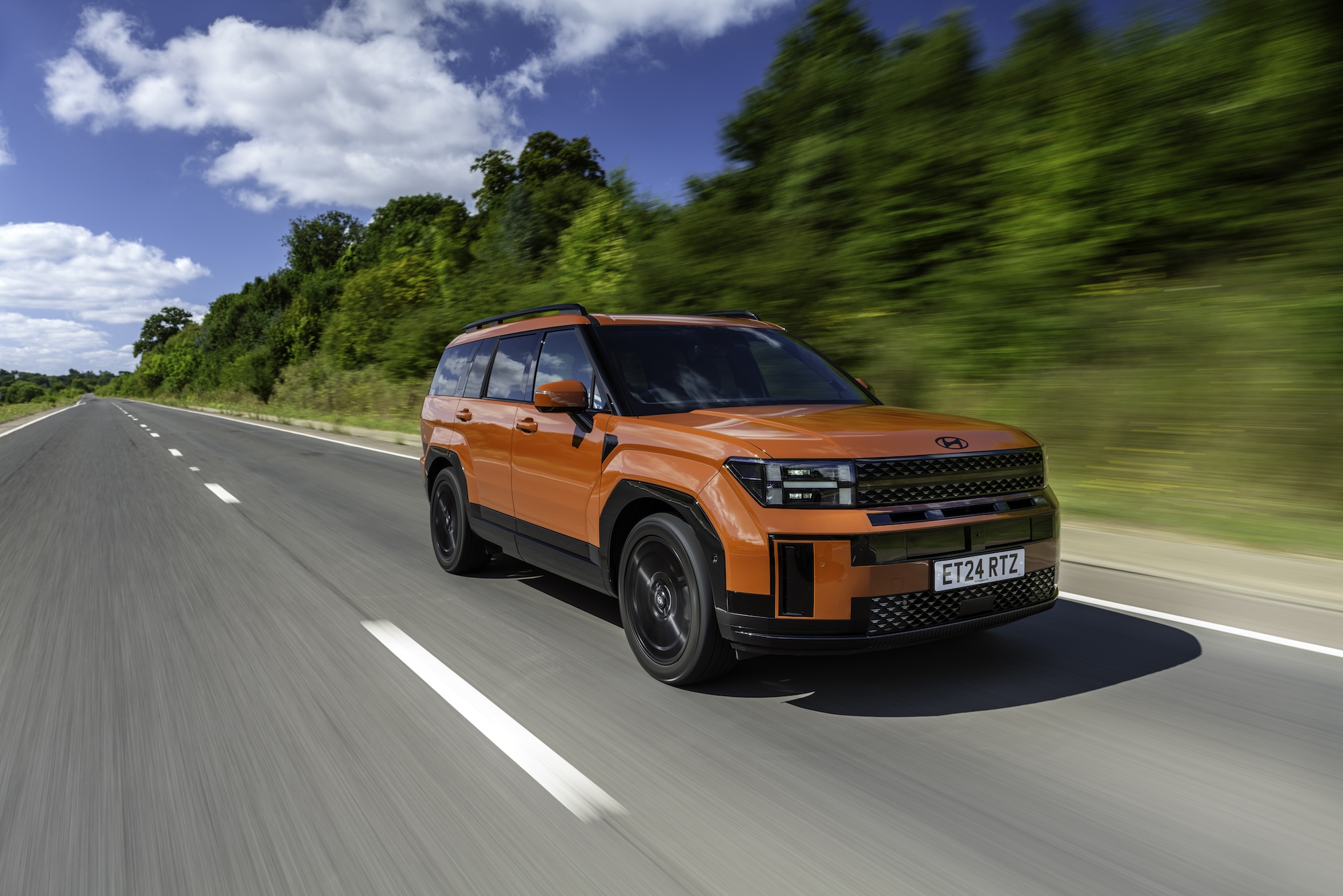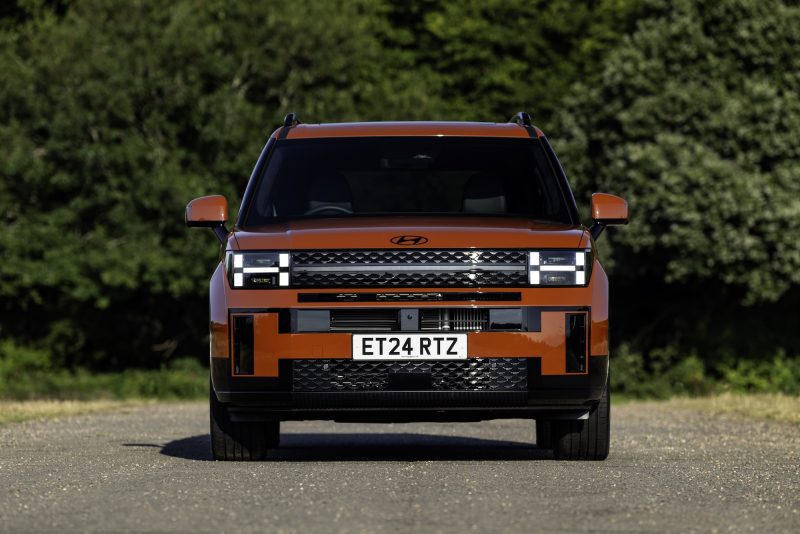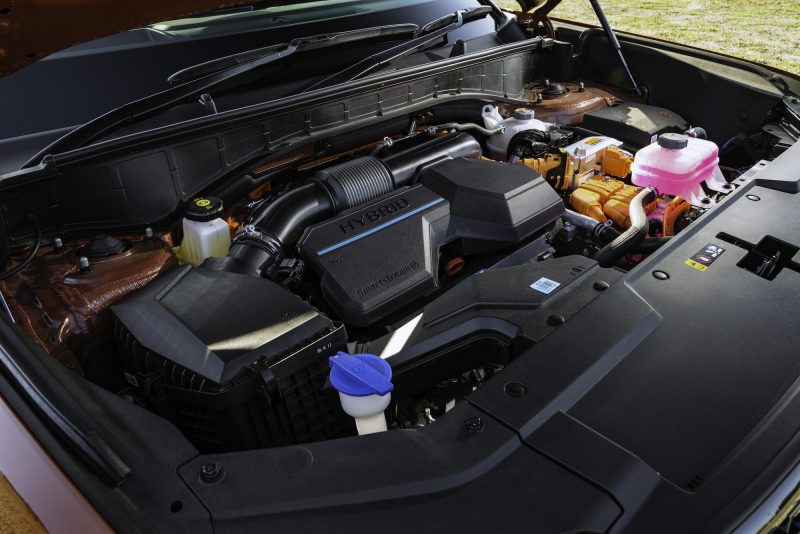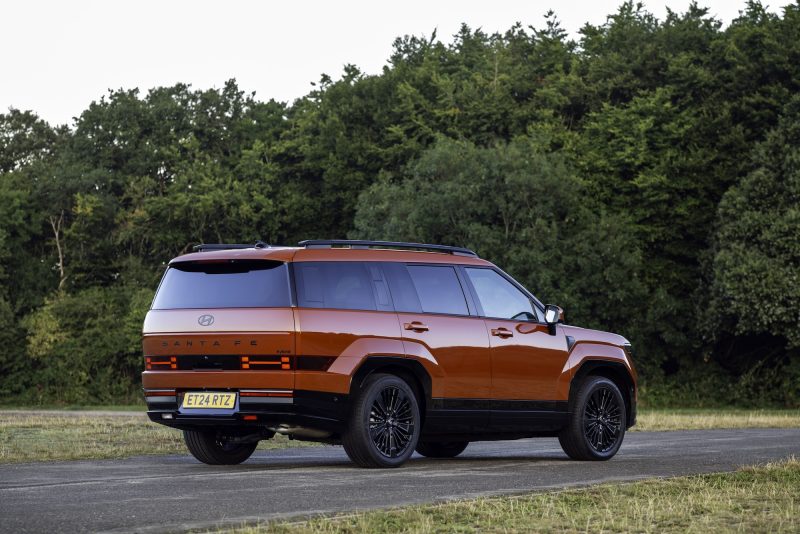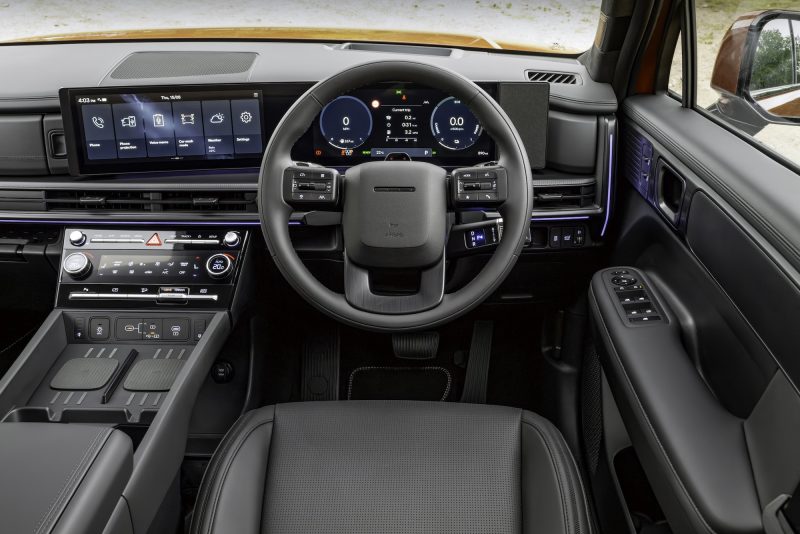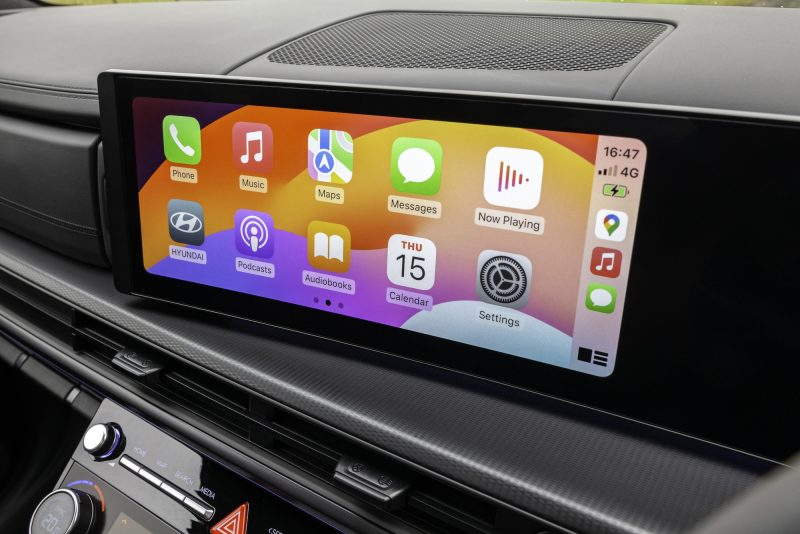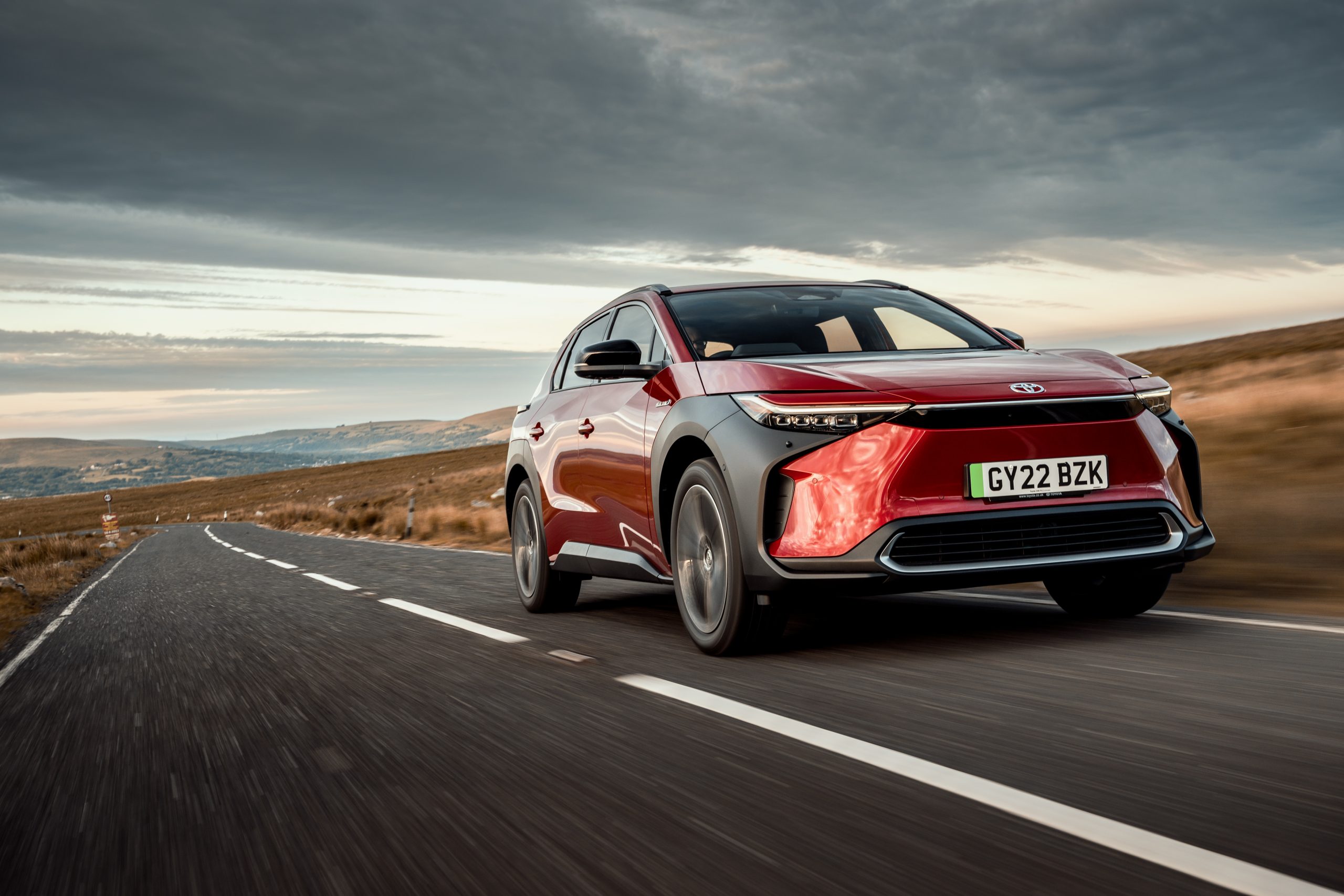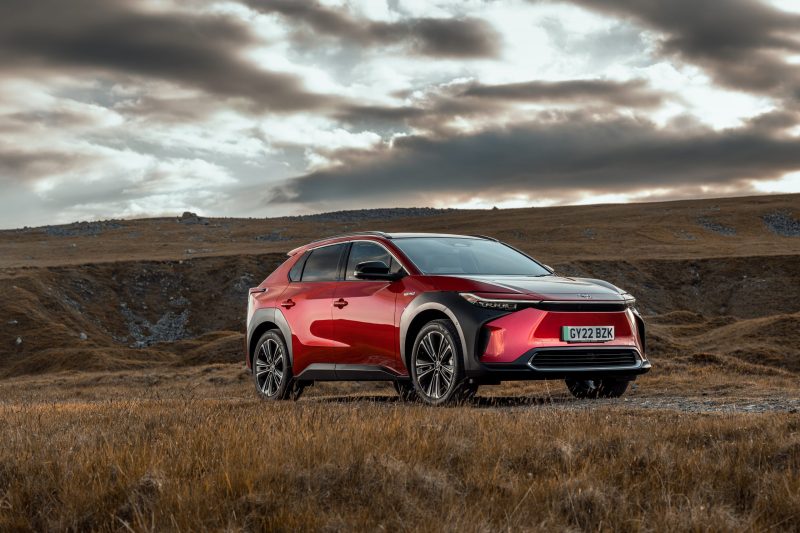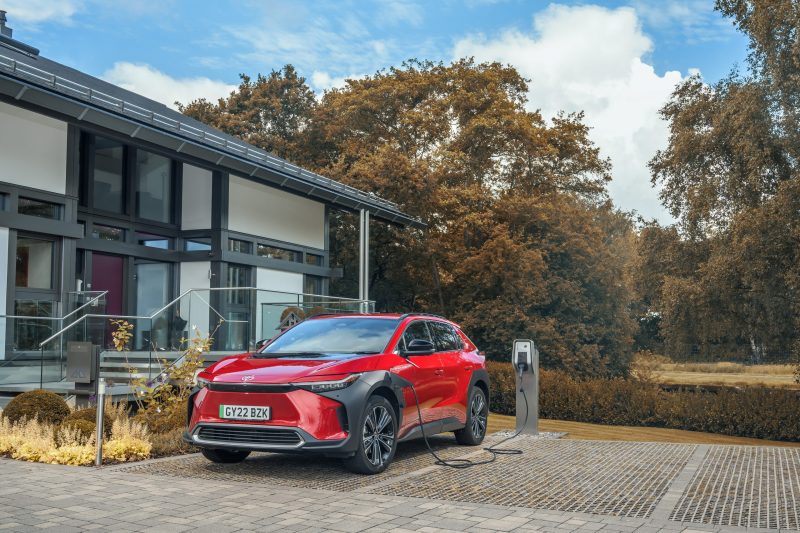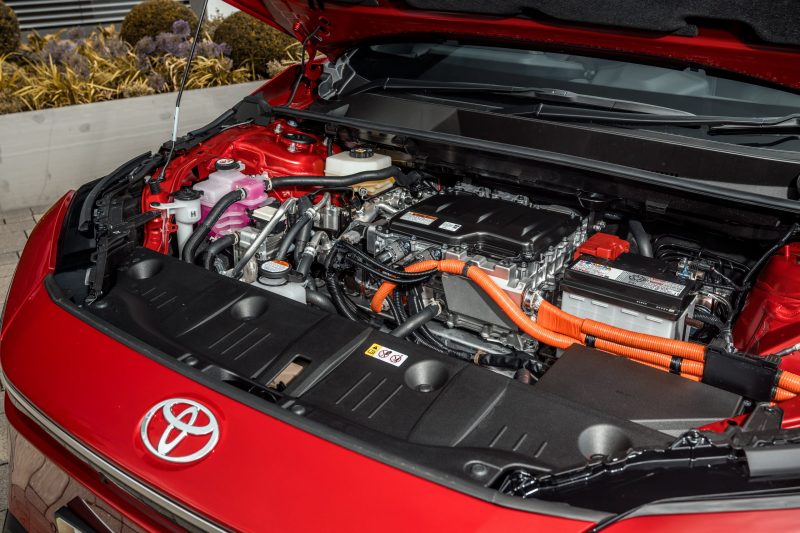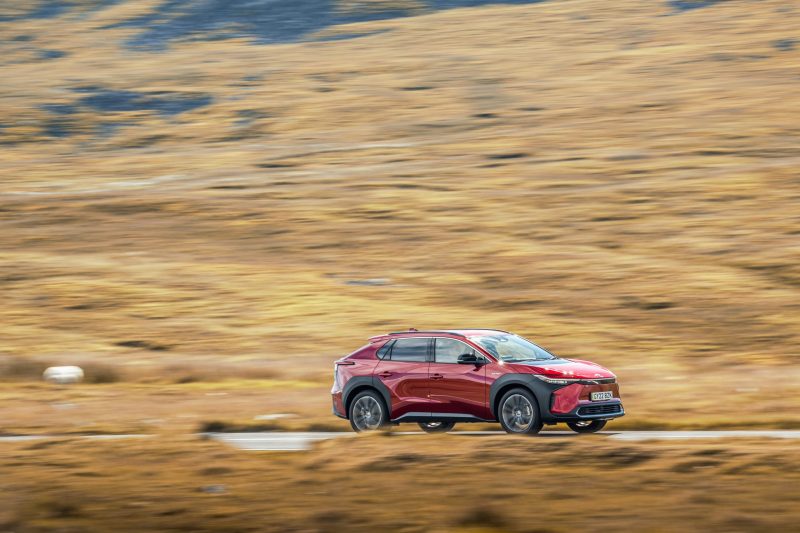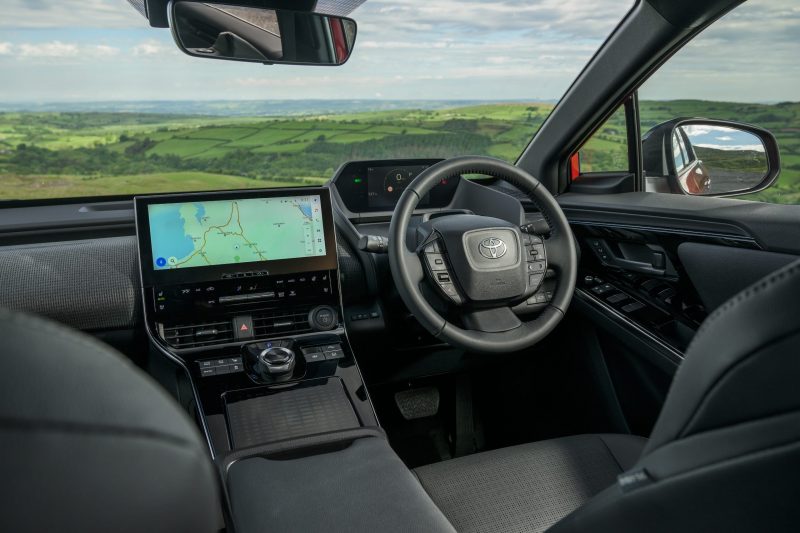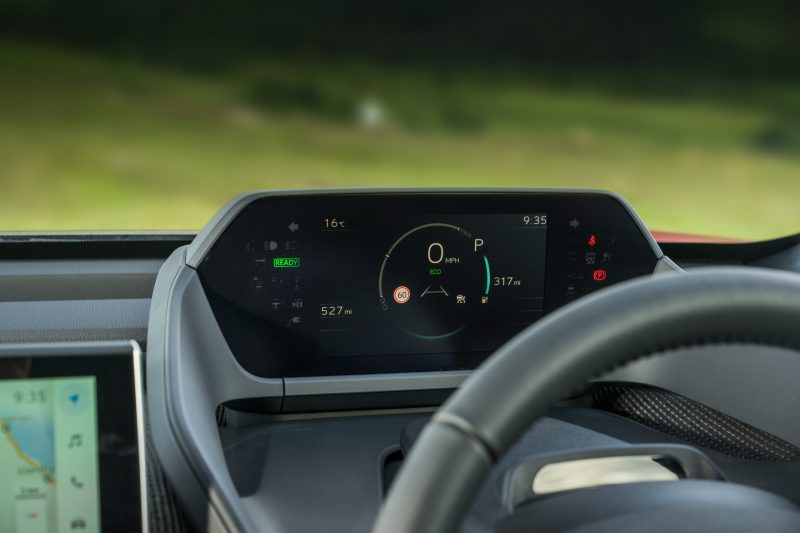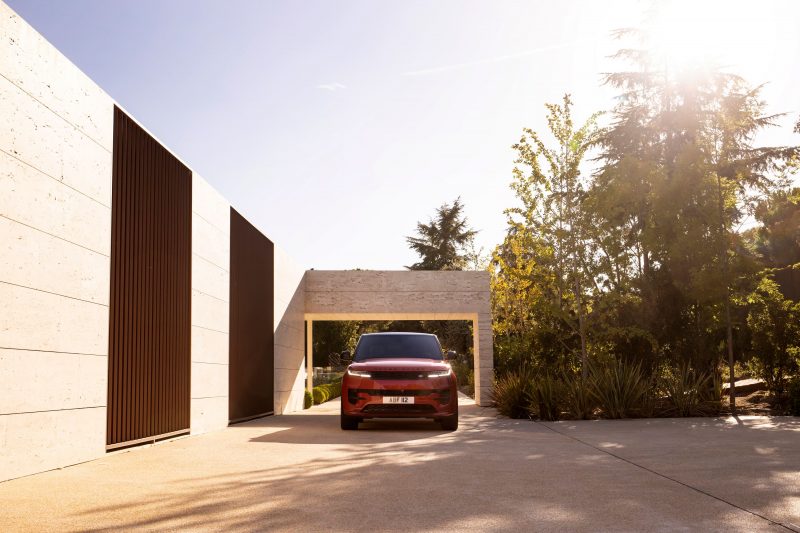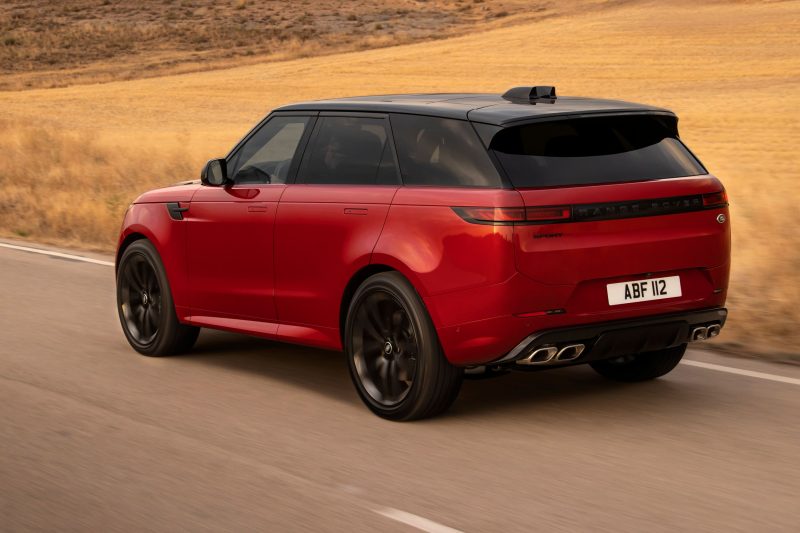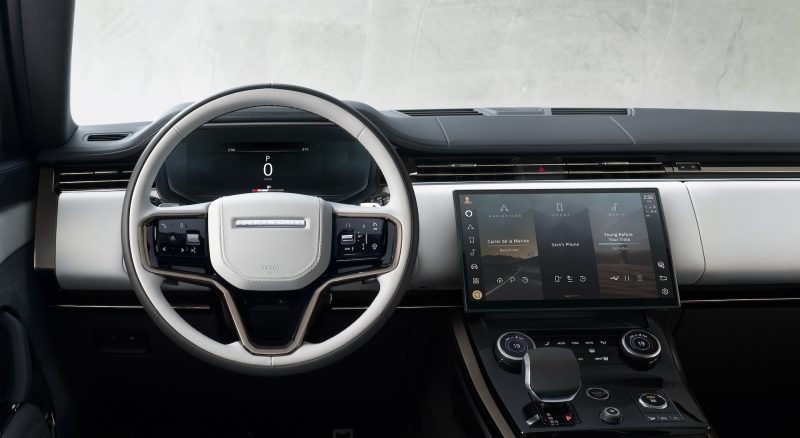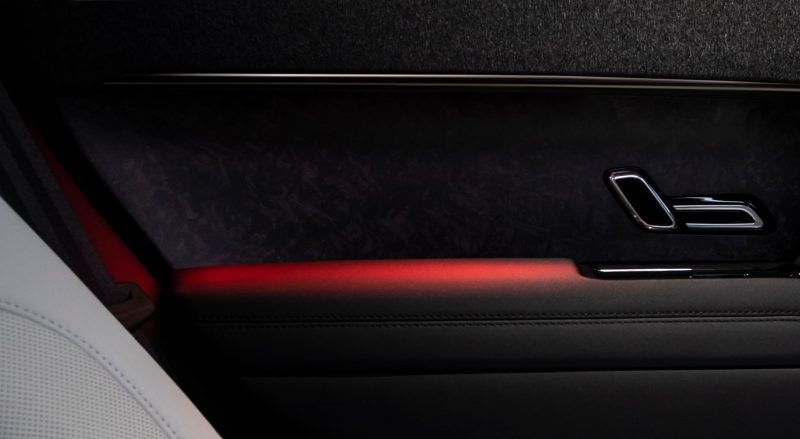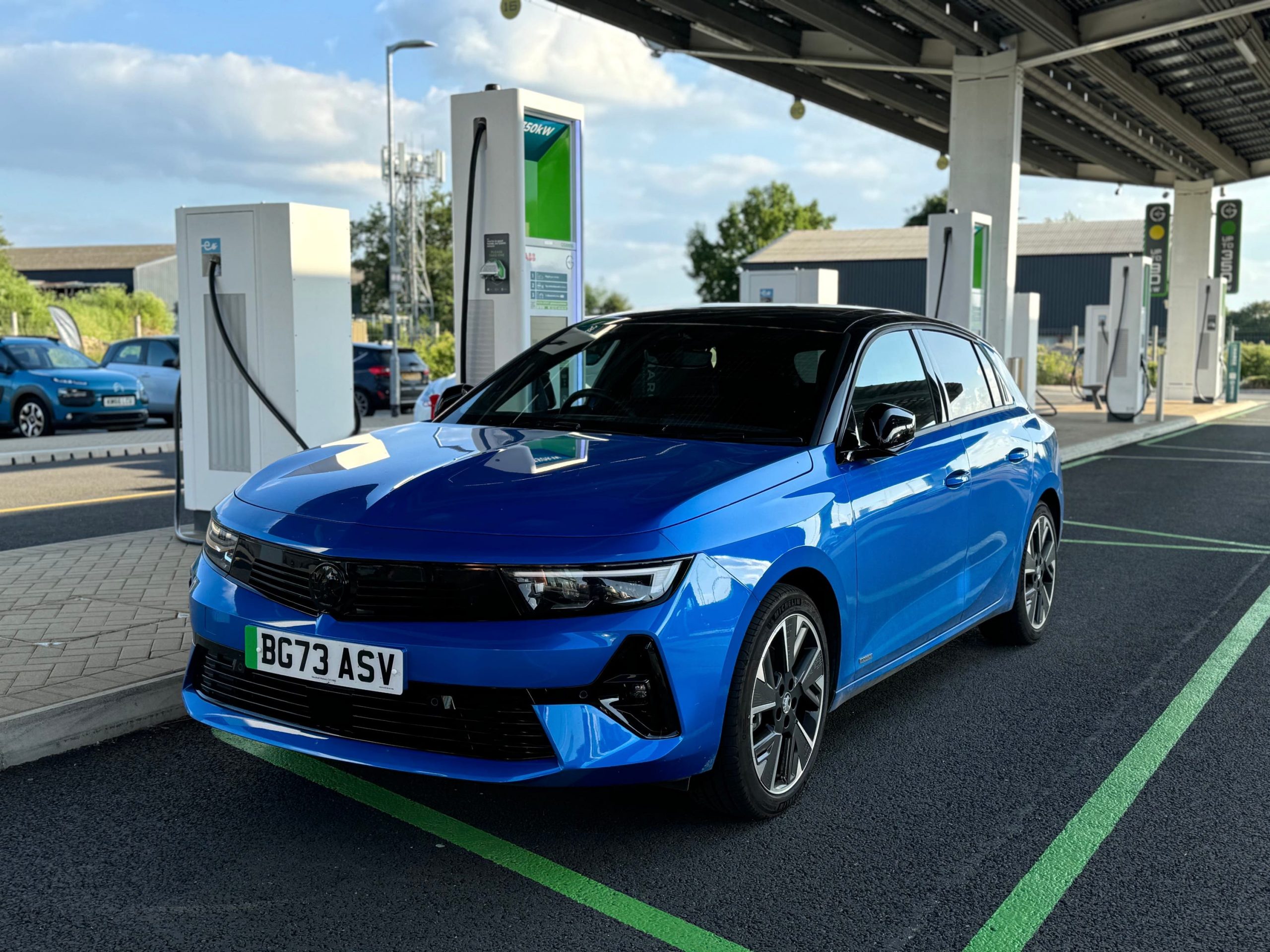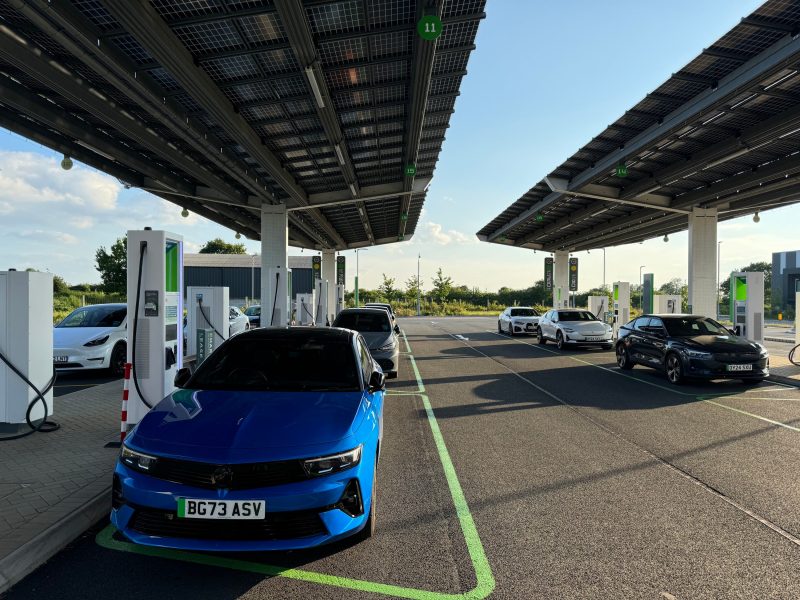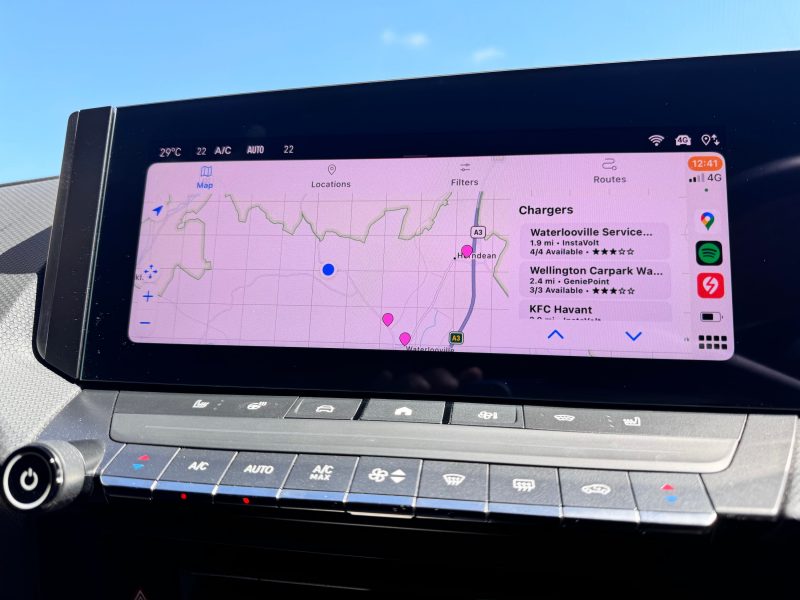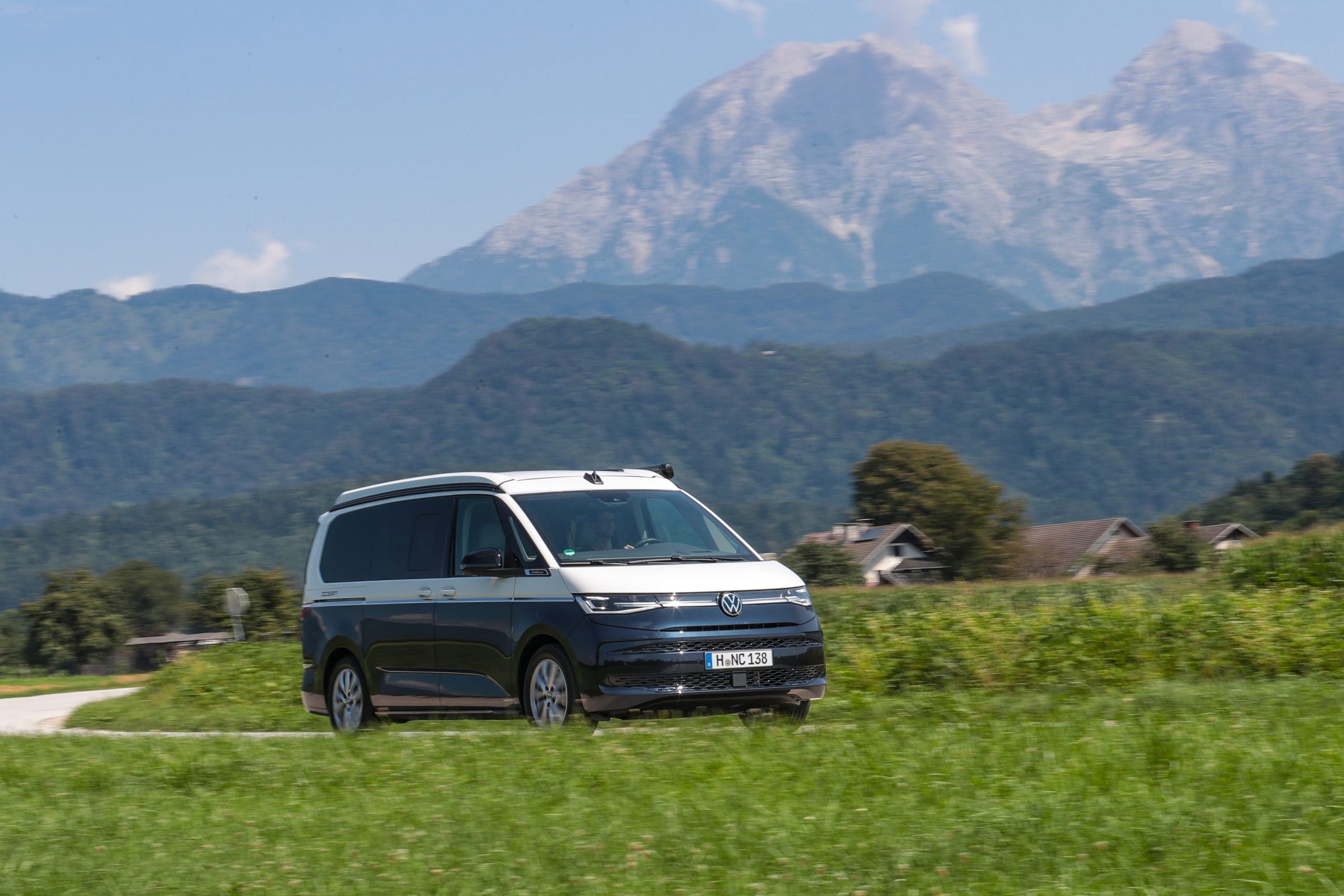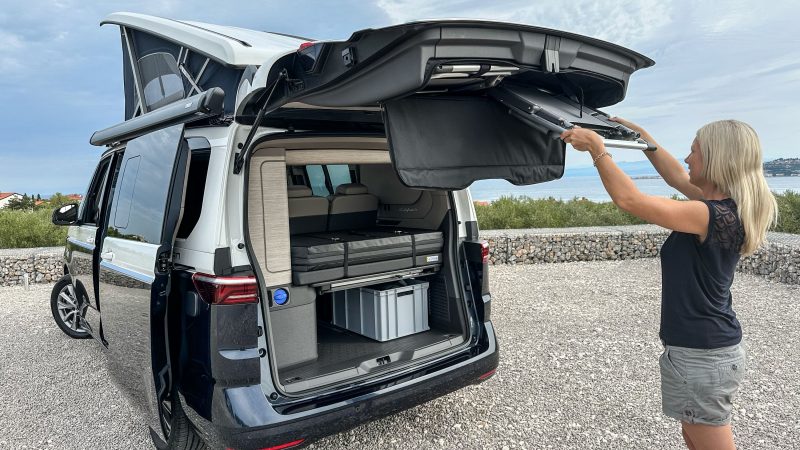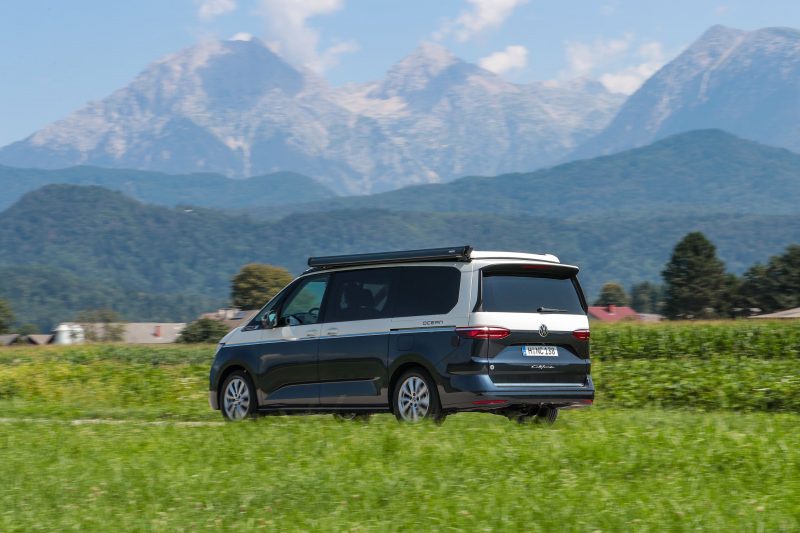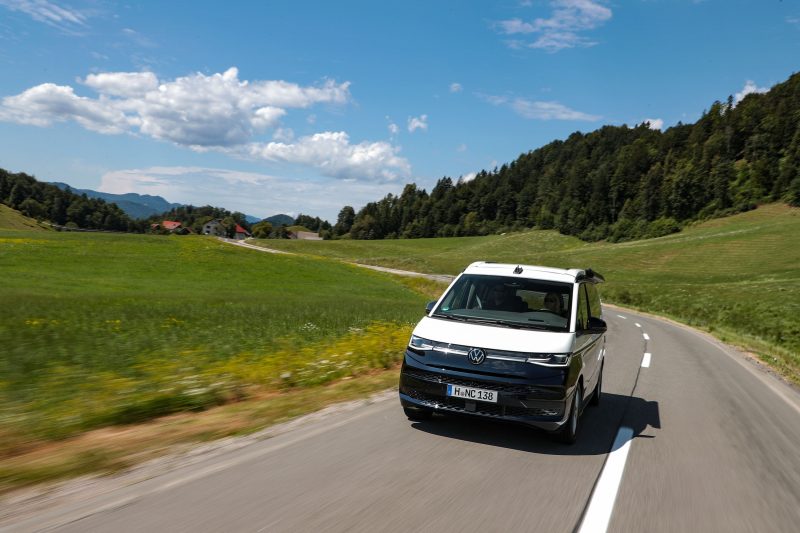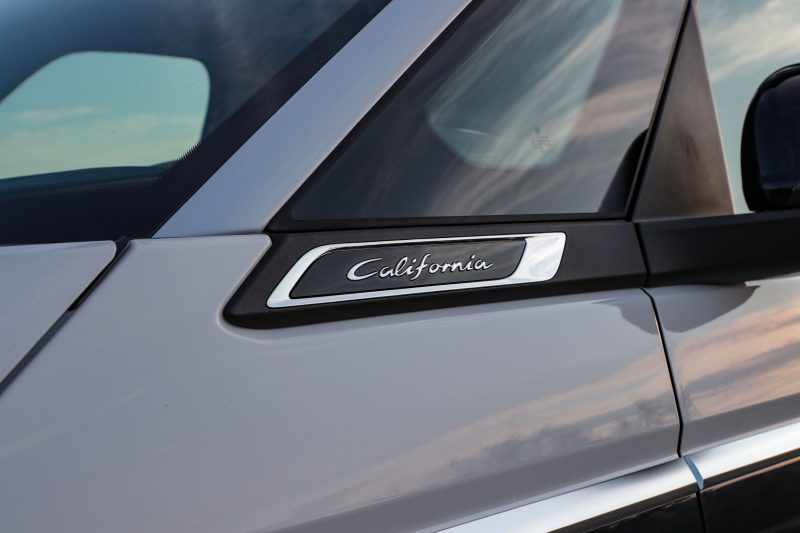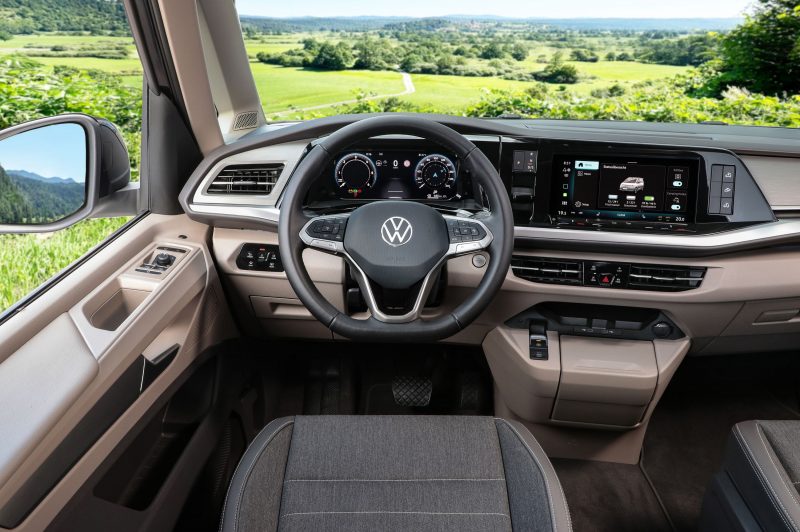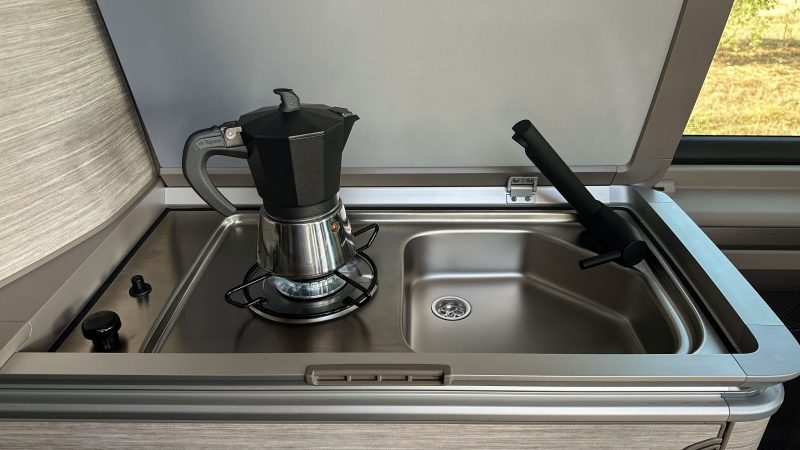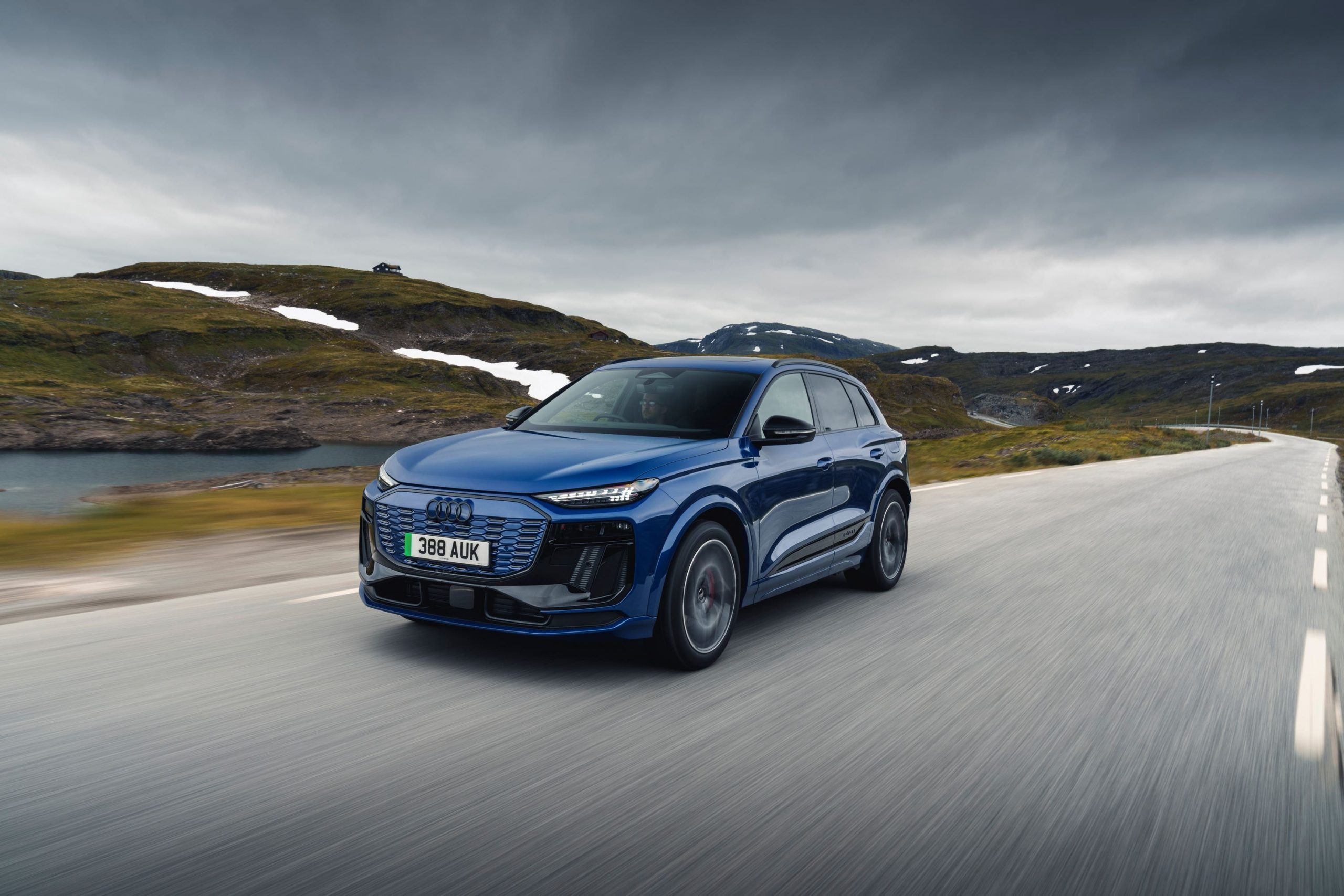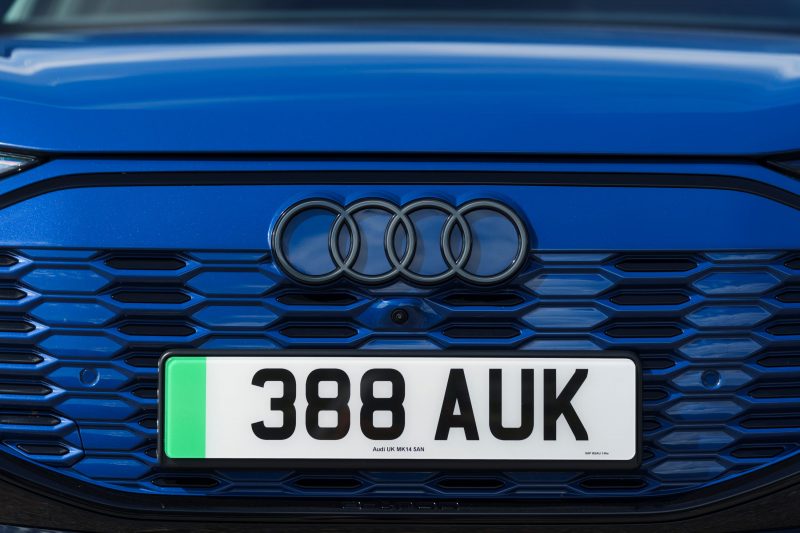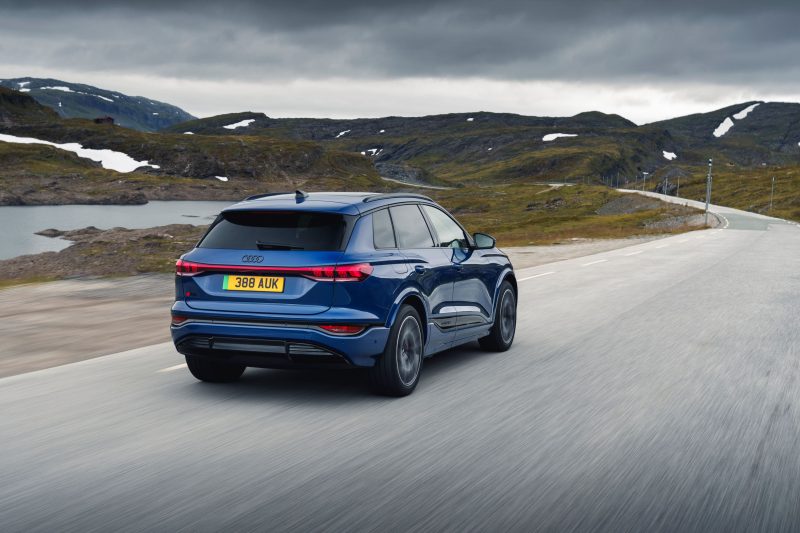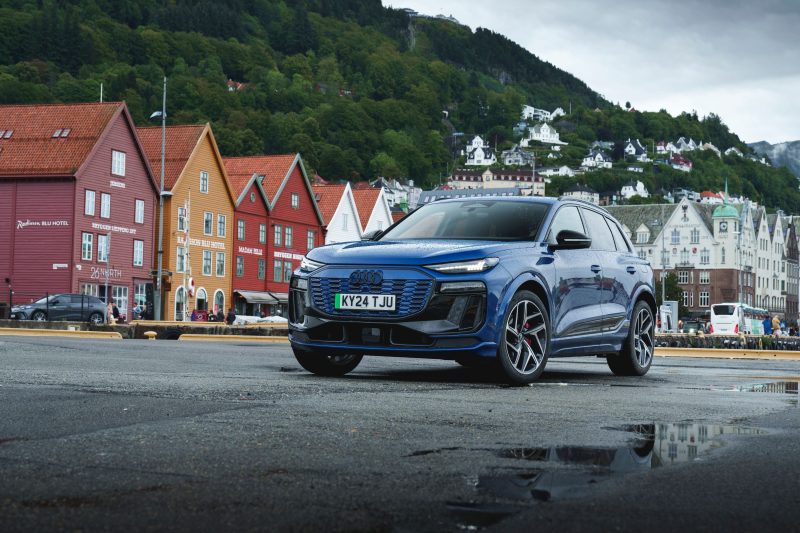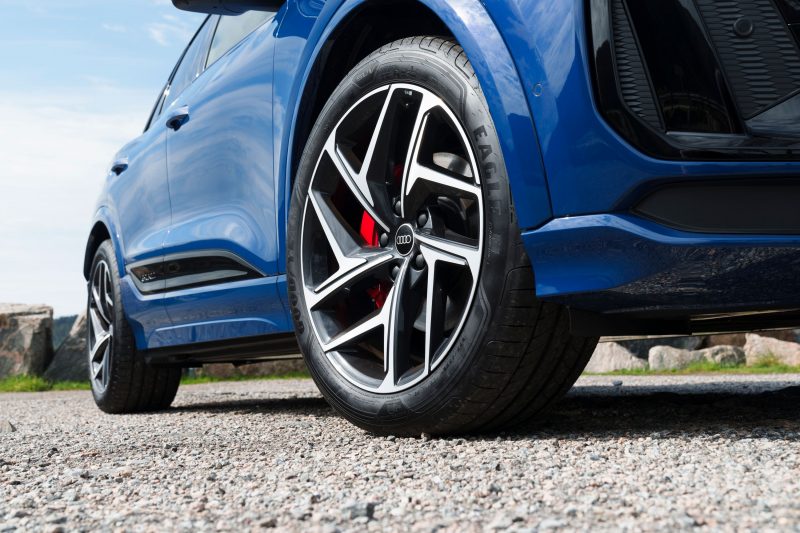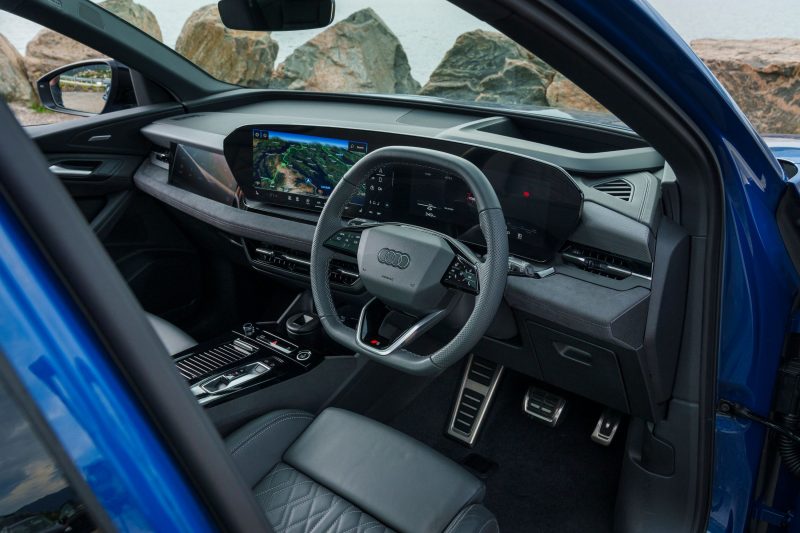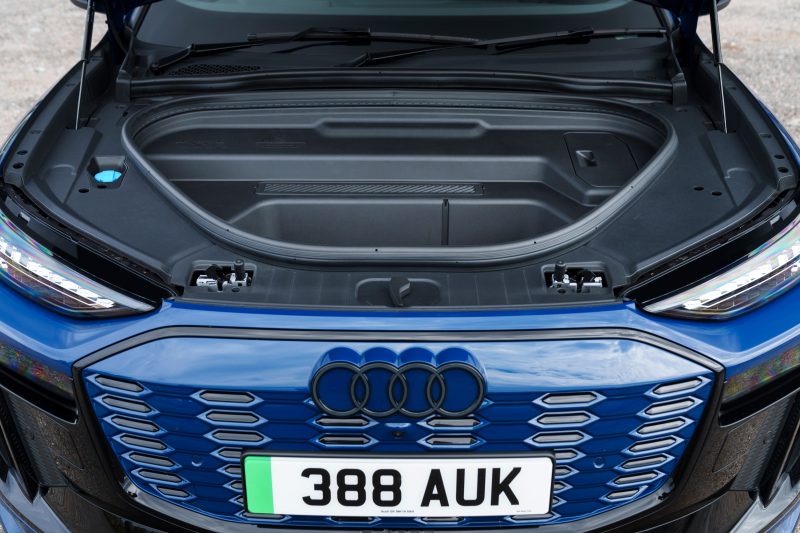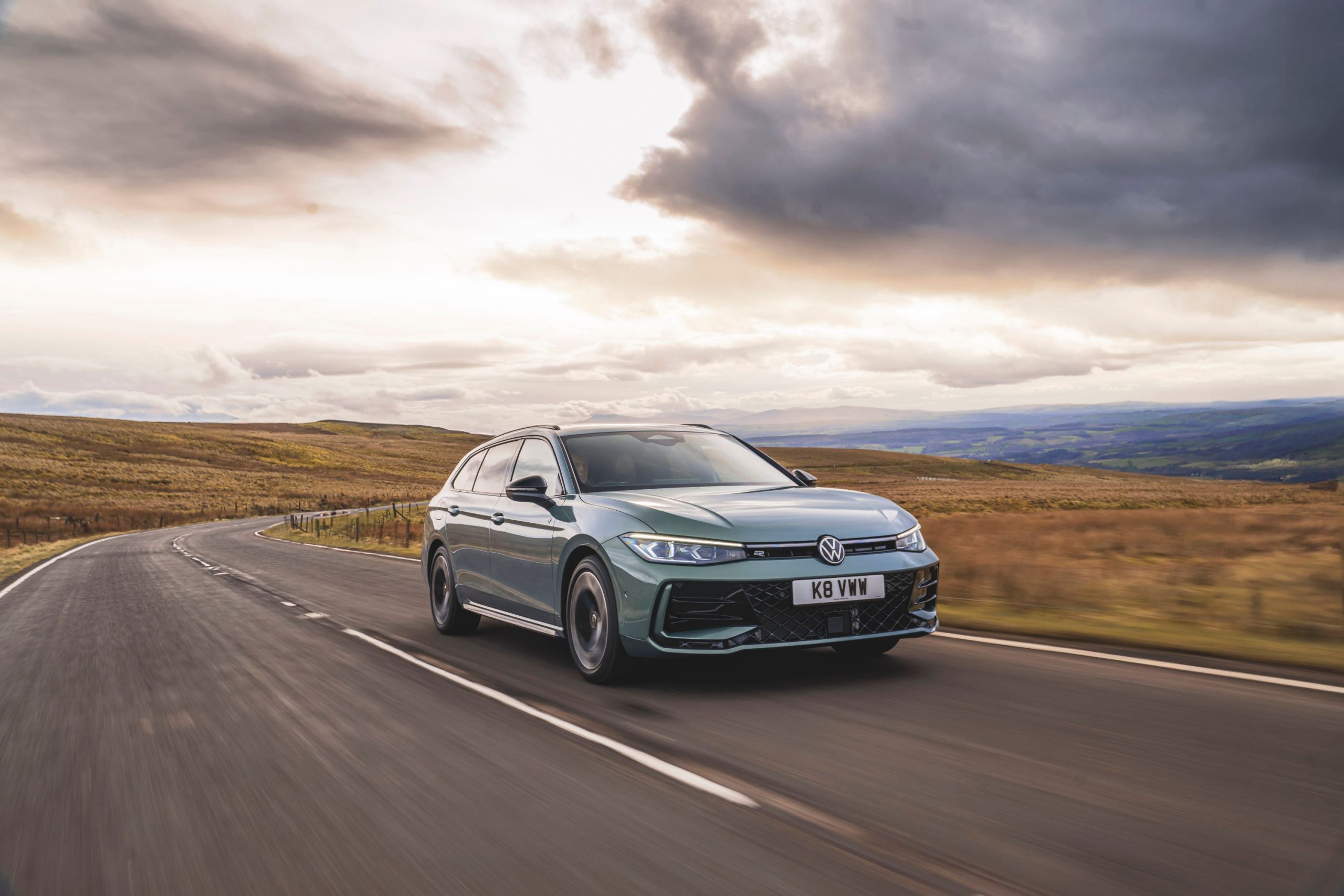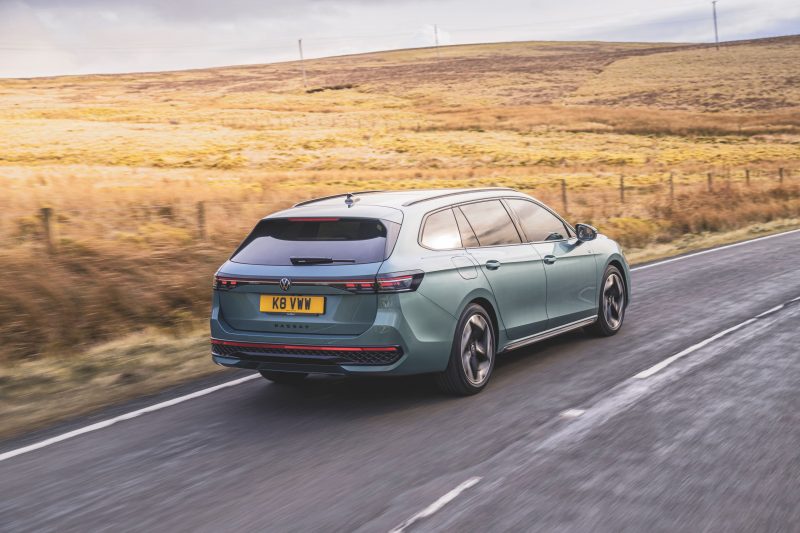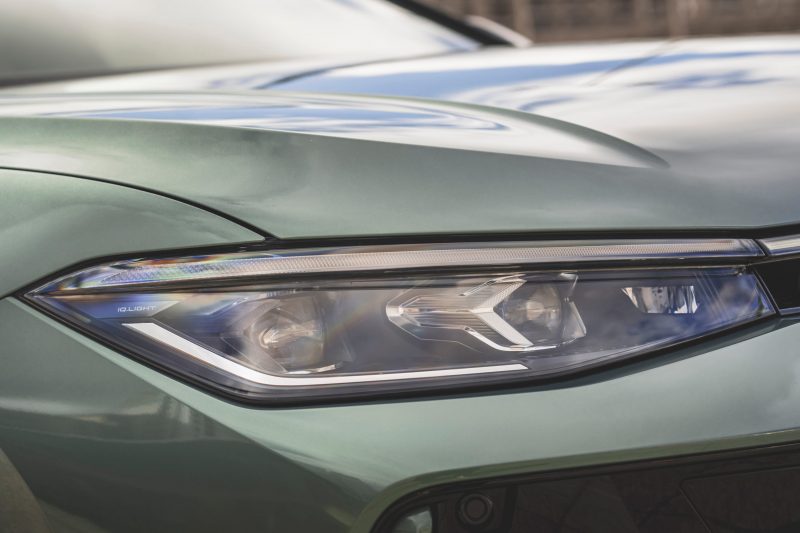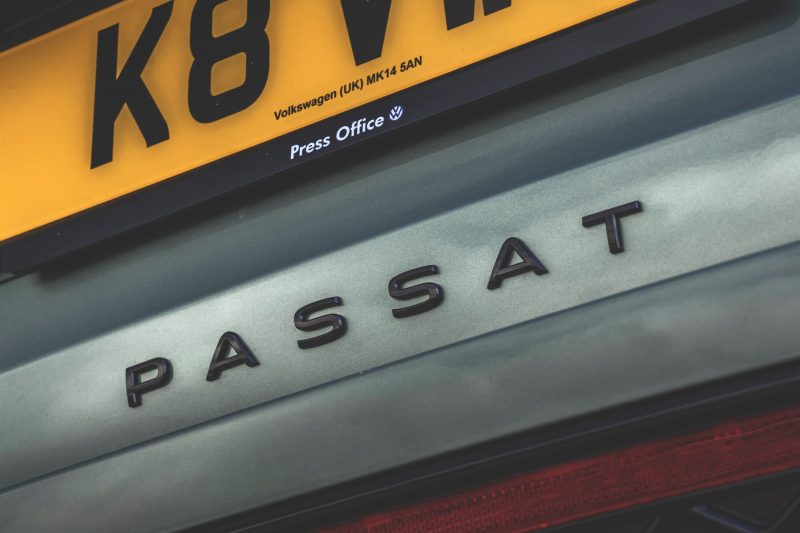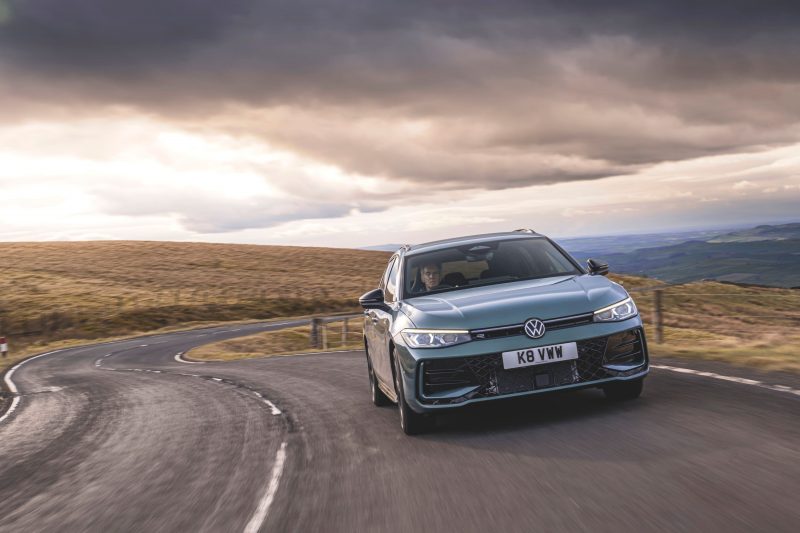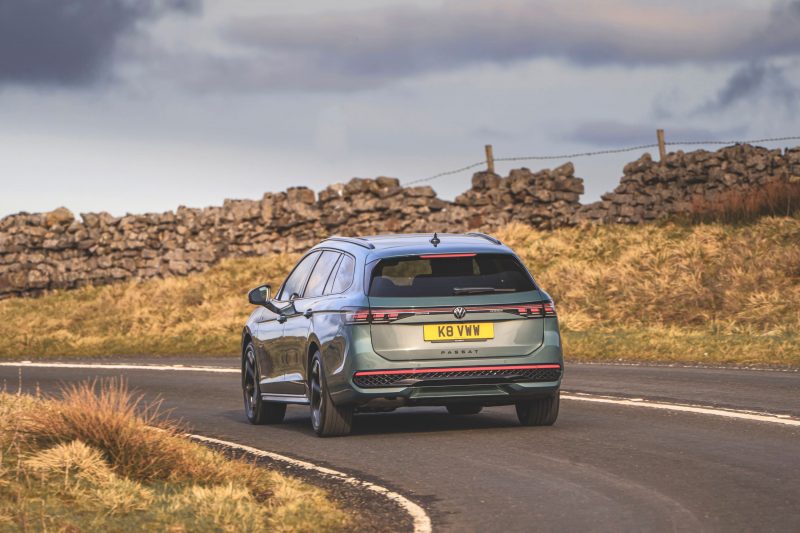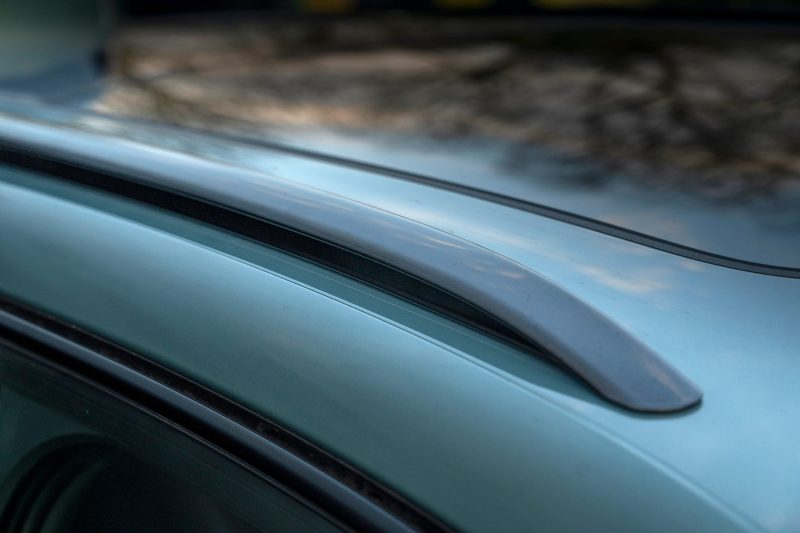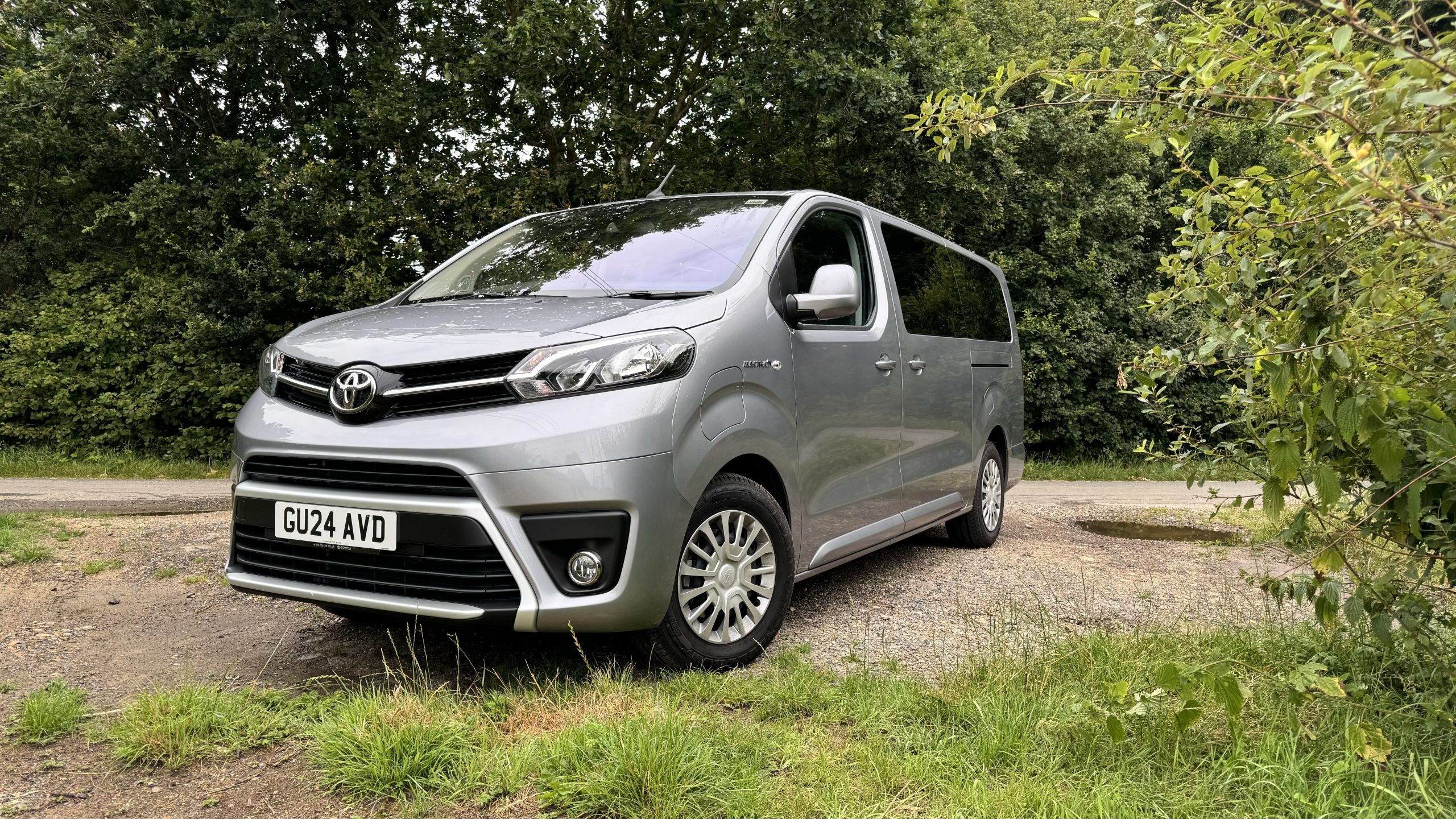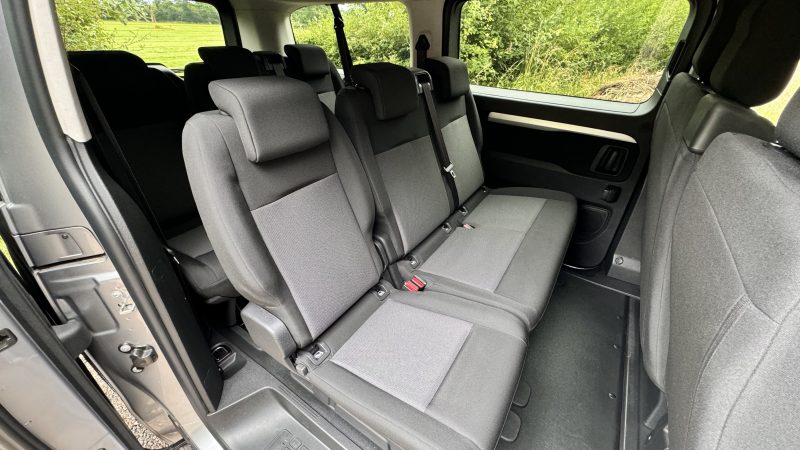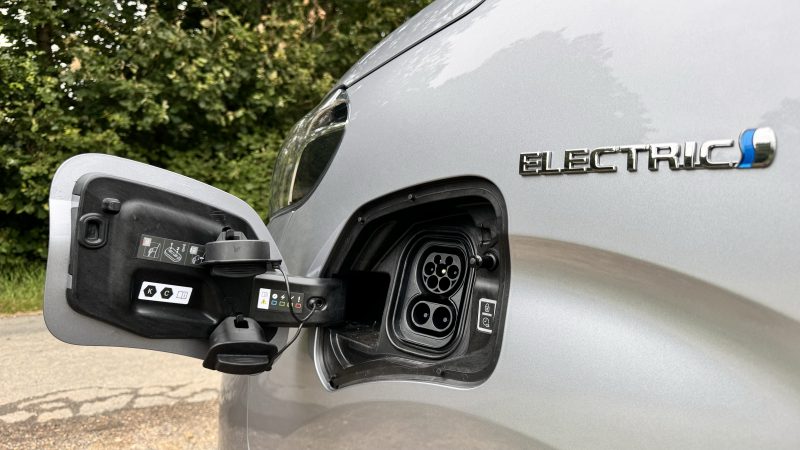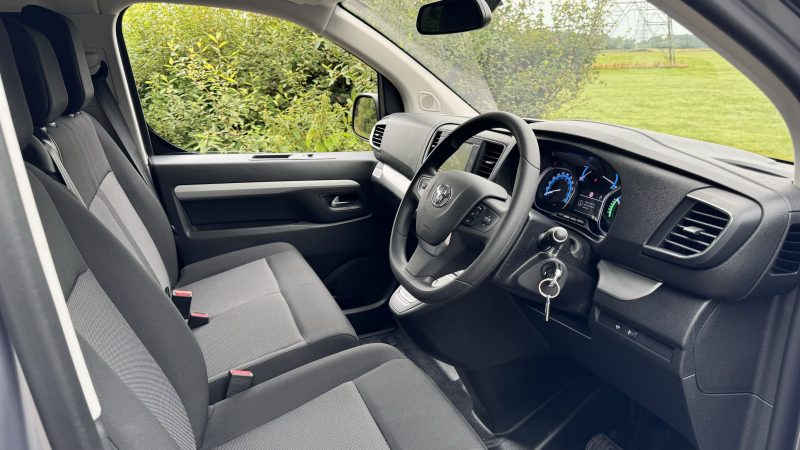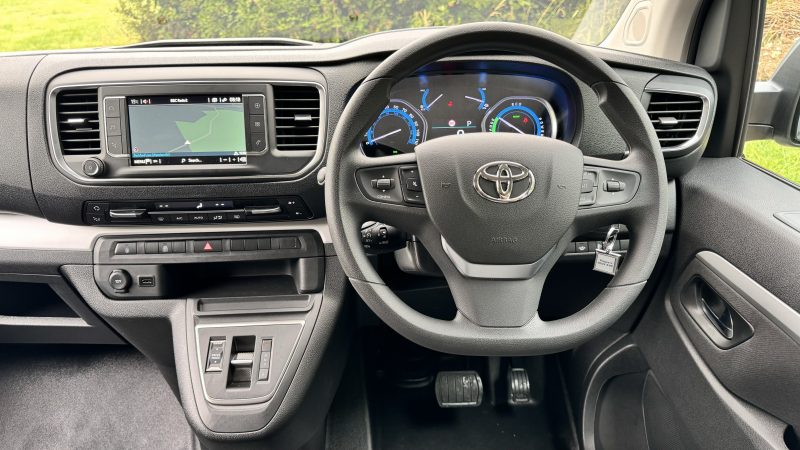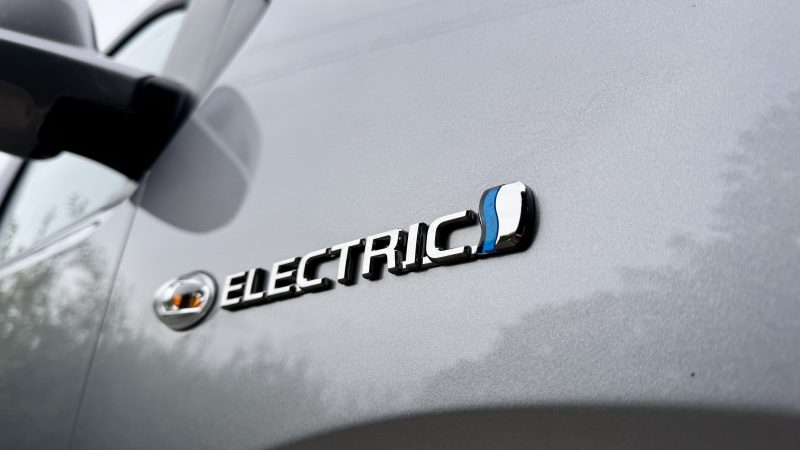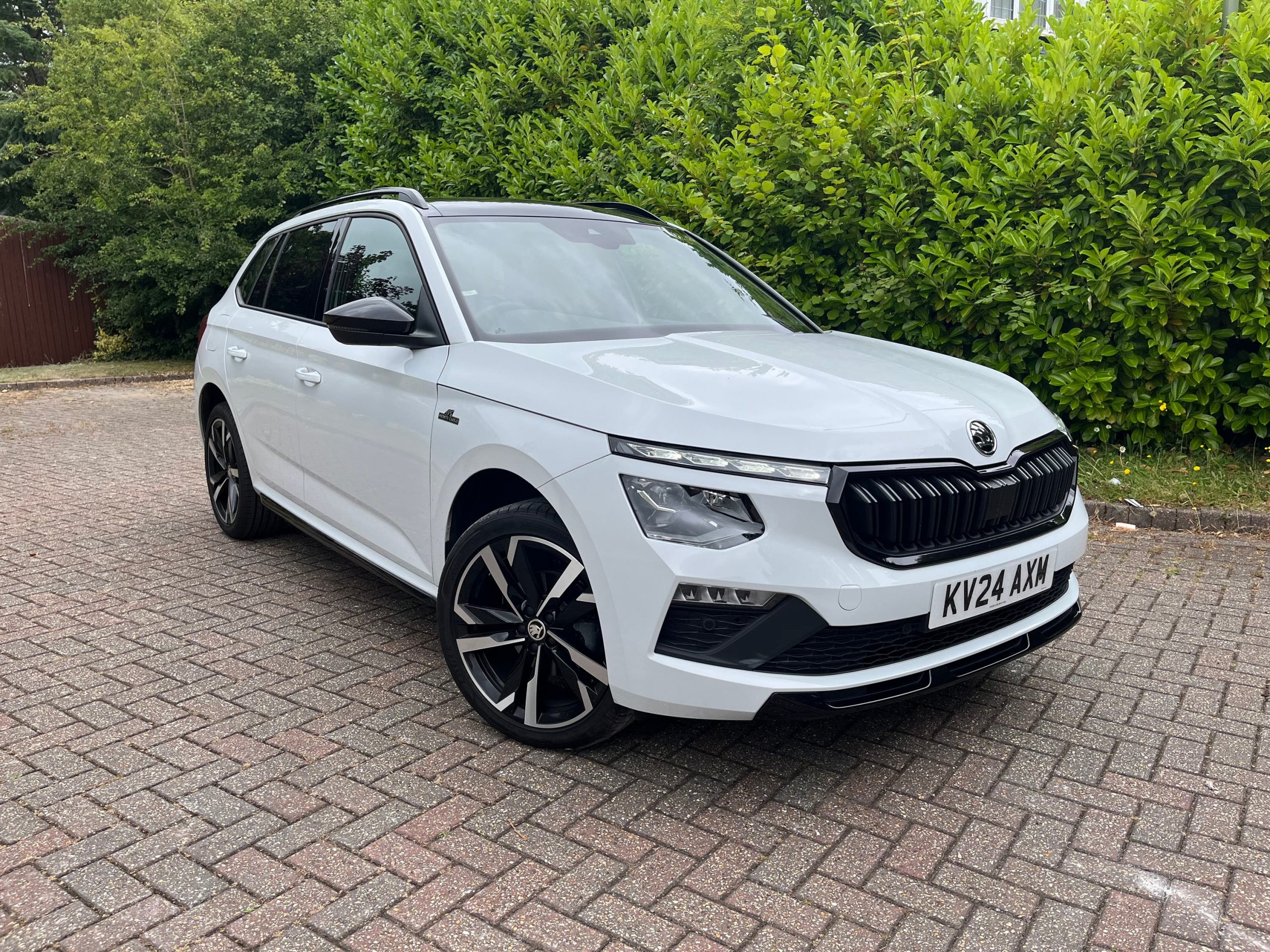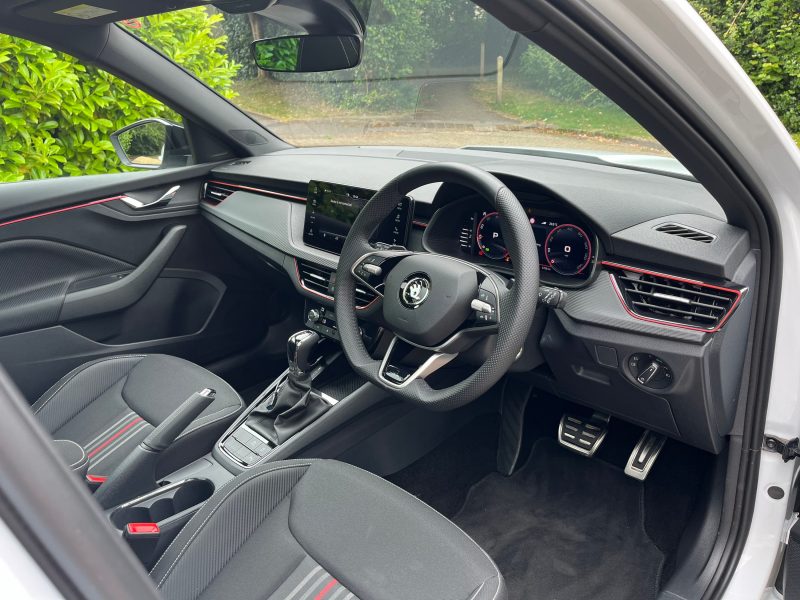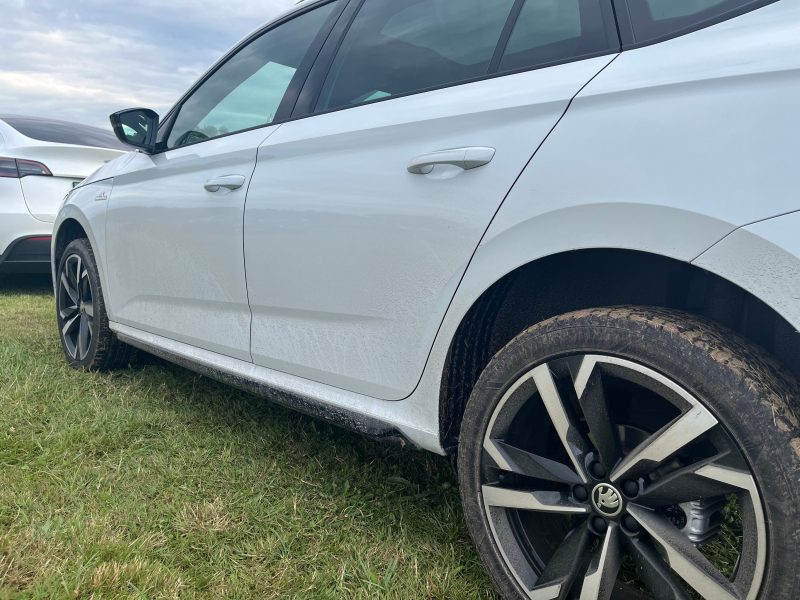This month, the CX-60 has been munching up the motorway miles, but is a diesel engine the right choice? Jon Reay finds out.
I’m sure I say this every time, but it’s been a busy month for the CX-60. We’ve not quite managed all four corners of the UK, but it doesn’t seem far off. Various bits of East Anglia, the North West and the North East have all been plumbed into the Mazda’s sat nav in the last few weeks, and unsurprisingly it’s taken things in its stride.
One of my favourite things about our CX-60 is its ability to simply shrug off long journeys, be them motorway or B-road based. It’s simply a joy to hop into the drivers seat and point the exceptionally long bonnet down the nearest dual carriageway – and that’s not something I could say about the CX-5 it replaced.
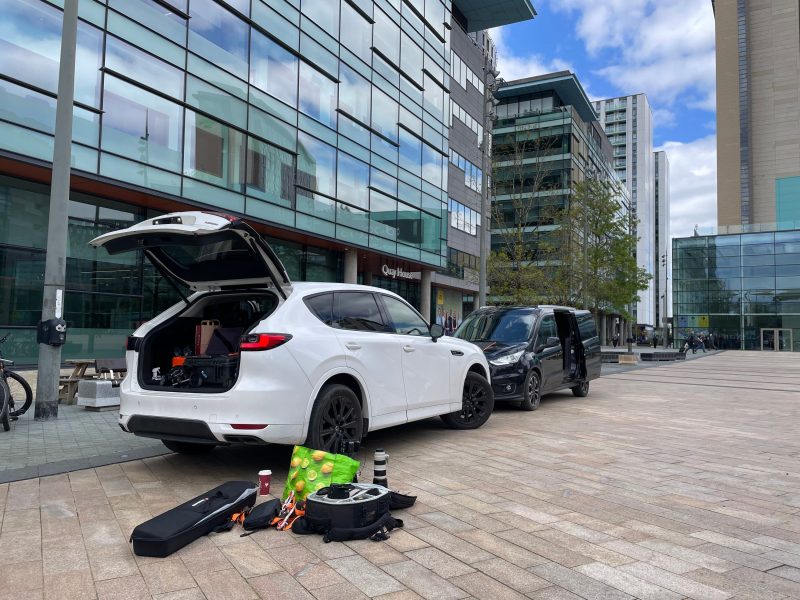
A trip to Manchester saw the Mazda performing duties as a camera car, both hauling videographers and their gear around the city, and even proving itself suitable for some car-to-car filming around the city centre, a la Top Gear. If any budding filmmakers are reading this, I can confirm the CX-60’s boot is perfectly sized for holding a cameraperson.
Then it was off to the opposite coastline for a visit to Sunderland, there for a visit of a – ahem – rival car maker’s UK car plant. So as not to offend the poor Mazda, I opted to leave it hidden in the hotel car park.
Norfolk was ticked off the CX-60’s i-Spy geography book this month, with something of a (long) day trip to Norwich and its surrounding coastline on the cards. This is simply what happens when you have a long-legged car like our Mazda: 260 mile round trips suddenly seem like a perfectly reasonable thing to do for a coffee and a mooch round some shops.
Things did come slightly unstuck on the undulating, up-and-down road surfaces around the Norfolk Broads though. I’ve mentioned before – a lot – my gripes with the CX-60’s bouncy suspension, but it officially met its worst enemy here. Anything that’s not reasonably flat is this car’s absolute undoing, and on this sort of tarmac it’s just comically rubbish.

With the Mazda’s 1st birthday arriving, it was also time for its first service – which happily for me meant a trip to the excellent Rockingham Cars in Corby. We’ve crossed path before for tyre-related maladies and recalls, and they’ve always been incredibly friendly and helpful.
Slightly more painful was the estimate: around £350 for a first year service. Sounds a bit chunky, but compared to what a BMW or Mercedes dealer would charge for a similarly-sized diesel SUV, it’s not actually too bad. And I suppose a 3.3-litre car does take a lot of oil, after all.

That sorted, a stay in Kent for a few days gave some welcome respite from motorway journeys – although not necessarily to the CX-60’s benefit. We’re often being told that diesel-engined cars aren’t suitable for short journeys, but truthfully it’s not an issue I’ve ever come across in our Mazda. It’s frequently taken back and forth to the shops without any particular complaints, though I admit, living in my particular bit of Midlands means even visits to Tesco involve a dual carriageway of some description.
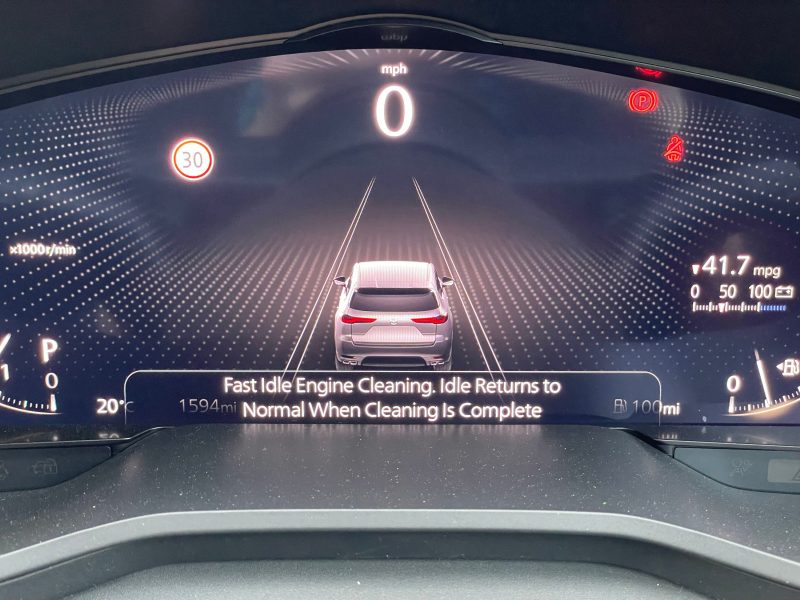
After two or three days pottering around a small seaside town with its 30mph speed limits though, our car quickly made its displeasure known. ‘Fast Idle Engine Cleaning. Idle Returns to Normal When Cleaning Is Complete’, flashed a message on the driver display when we flicked on the car one morning. Translation? You’ve not driven long enough for the diesel particulate filter to clean itself out, and now look what you’ve done.
This is not a situation unique to Mazda – effectively all diesel cars are similarly equipped for emissions purposes. Most simply tell you to ‘keep driving’ to fix the problem, but Mazda’s solution is to simply make the car rev itself a bit higher when it’s sat in park. It’s a neat solution, but how long this would actually take to ‘clean’ the particulate filter I couldn’t say – I gave up after a few minutes and pointed the car at a dual carriageway instead.
What this does demonstrate though, is that picking a diesel-engined CX-60 is probably not the best choice if you’re simply using it for the school run. You probably didn’t need me to tell you that of course, but in nearly a year of long journeys with the car, the issue simply hadn’t occurred to me.
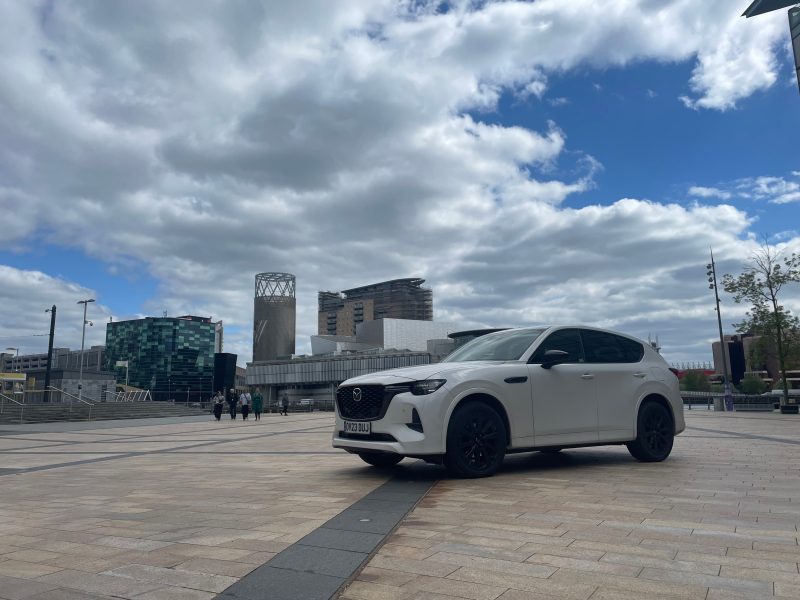
That is the first, and only situation in which I’d recommend the plug-in hybrid version over the diesel though. Our car’s 3.3-litre straight-six simply fits the character of the car so well, and is something of a dying breed these days. Go on – you won’t regret it. Just… start visiting a supermarket in the next town instead.
Facts at a glance
- Model: Mazda CX-60 Homura
- Price: £50,705
- Engine: 3.3-litre diesel
- Power: 250bhp
- Torque: 550Nm
- 0-60mph: 7.4 seconds
- Top speed: 136mph
- Fuel economy: 54.3mpg (WLTP combined)
- Emissions: 138g/km
- Mileage: 15,200


